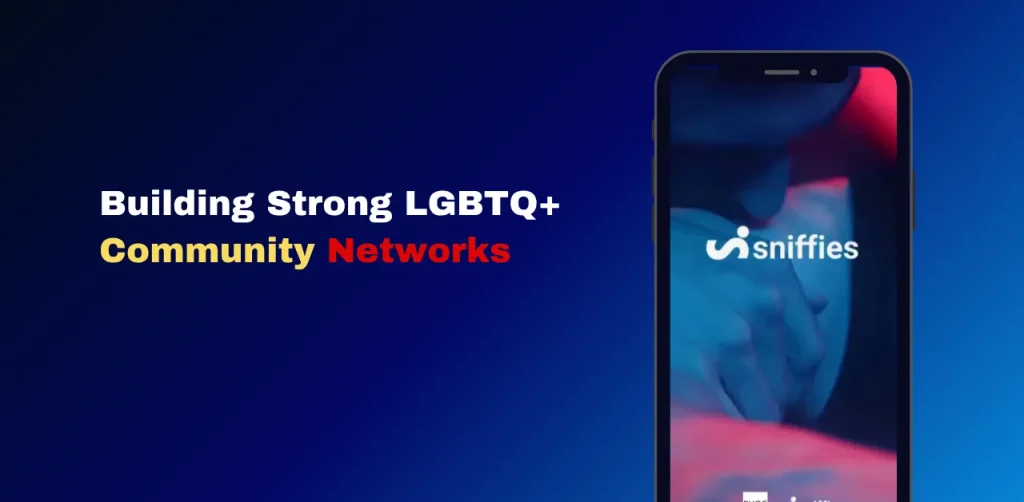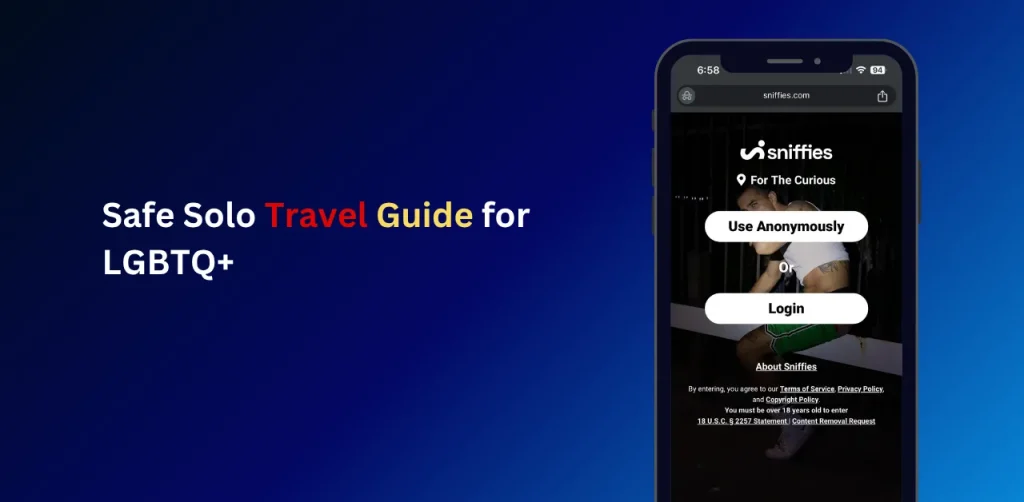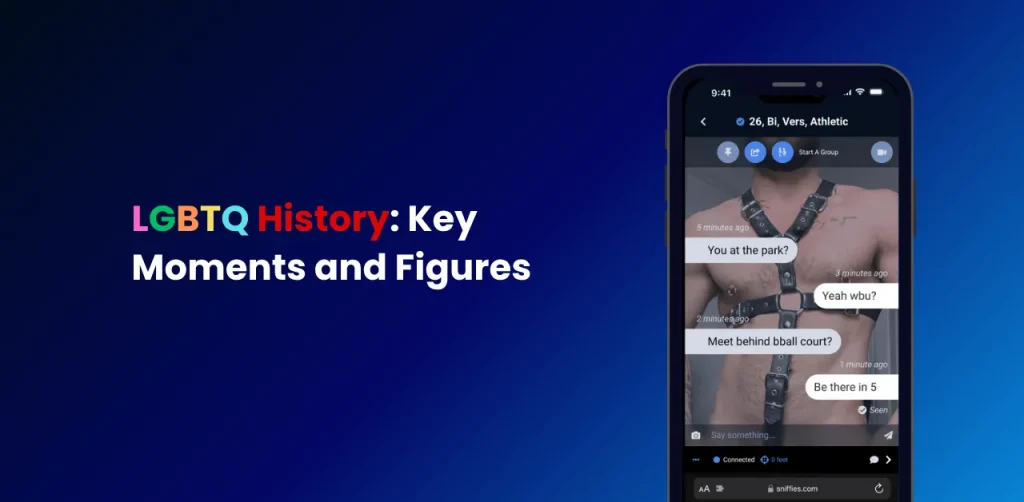What Is a Leather Daddy? – Subculture and Identity

Curious about what is a leather daddy? A leather daddy is a figure in the gay leather subculture, embodying dominance, mentorship, and a distinct aesthetic rooted in leather attire. Dive into the history, style, and community roles that define this unique queer identity, from its post-WWII origins to modern expressions. Read on to explore what a leather daddy is, their cultural significance, and answers to common questions about this vibrant subculture.
The Leather Daddy Identity
A leather daddy is a term primarily associated with the gay leather subculture, a subset of the broader BDSM community. It refers to an individual, typically an older gay man, who adopts a dominant or authoritative role, often characterized by a rugged, masculine aesthetic centered around leather clothing. Beyond fashion, the leather daddy embodies mentorship, confidence, and community leadership, fostering trust and respect within the subculture.
Key Characteristics of a Leather Daddy
- Dominant Role: Often takes on a guiding or protective role in relationships or community settings.
- Leather Aesthetic: Wears leather garments like jackets, vests, or chaps, symbolizing strength and identity.
- Mentorship: Acts as a mentor or “daddy” figure, offering emotional support or guidance, especially to younger members (“boys”).
- Community Focus: Participates in leather events, bars, or clubs, strengthening subcultural bonds.
History of the Leather Daddy and Subculture
The leather subculture emerged in the United States after World War II, influenced by returning servicemen who embraced the rugged masculinity of motorcycle culture. By the 1950s, gay leather bars and clubs became safe havens for queer men to express their identities. The leather daddy archetype evolved as a symbol of authority and camaraderie, blending BDSM dynamics with community support.
- 1950s-1960s: Leather bars like San Francisco’s Tool Box popularized the aesthetic.
- 1970s-1980s: The subculture grew, with events like International Mr. Leather (IML) showcasing leather daddy pride.
- Today, Leather daddies remain integral to queer spaces, adapting to modern inclusivity while preserving tradition.
For more on the history of queer subcultures, visit GLBT Historical Society.
The Role of a Leather Daddy in Relationships
In BDSM dynamics, a leather daddy often assumes a dominant role, which may involve:
- Emotional Support: Providing guidance or care, akin to a parental figure, without age-based connotations.
- Power Dynamics: Engaging in consensual dominant/submissive relationships, emphasizing trust and communication.
- Community Leadership: Acting as role models at events, fostering inclusivity and safety.
Unlike common misconceptions, leather daddy relationships are not solely sexual; many focus on emotional connection and mentorship.
The Leather Aesthetic: More Than Just Fashion
Leather clothing is central to the leather daddy identity, symbolizing strength, rebellion, and individuality. Common items include:
- Leather jackets or vests
- Chaps or pants
- Boots and harnesses
- Accessories like cuffs or caps
This aesthetic is both a personal expression and a cultural signal, often showcased at events like Folsom Street Fair. For styling tips, check Leather Archives & Museum.
Common Misconceptions About Leather Daddies
The leather daddy identity is often misunderstood. Here are some clarifications:
- Not Age-Specific: While often associated with older men, anyone can identify as a leather daddy regardless of age.
- Not Exclusively Sexual: The role emphasizes trust and connection, not just physical dynamics.
- Inclusive: Modern leather communities welcome all genders and orientations, evolving beyond gay male exclusivity.
Engaging with the Leather Community
To connect with the leather subculture:
- Attend Events: Join leather-focused events like IML or local fetish fairs to meet community members.
- Learn Consent: Understand BDSM principles, emphasizing clear communication and boundaries.
- Explore Resources: Visit reputable sites like The Kinsey Institute for research on queer and BDSM cultures.
- Respect Tradition: Honor the subculture’s history while embracing its modern inclusivity.
Why the Leather Daddy Identity Matters
The leather daddy archetype is more than a style or role it’s a symbol of resilience, community, and self-expression. By fostering safe spaces and mentorship, leather daddies contribute to the vibrancy of queer culture. Their legacy, rooted in post-war rebellion, continues to evolve, welcoming diverse identities while preserving a unique aesthetic and ethos.
We also have an article on Coming Out as Gay
What is a leather daddy and a sugar daddy?
A leather daddy focuses on BDSM dynamics, mentorship, and leather culture, while a sugar daddy typically provides financial support in exchange for companionship, often without subcultural ties.
Is the leather daddy role only for gay men?
No, the leather subculture is increasingly inclusive, welcoming all genders and sexual orientations, though it originated in gay male communities.
How do you become a leather daddy?
Becoming a leather daddy involves embracing the aesthetic, learning BDSM principles, and engaging with the community through events or mentorship. Respect and consent are key.
Are leather daddies part of BDSM?
Yes, leather daddies are rooted in BDSM culture, but their role may focus more on emotional or community dynamics than strict BDSM practices.
This content is crafted to be mobile-friendly, with concise paragraphs and clear headings for easy scanning. It aligns with Google’s Helpful Content Update by providing in-depth, user-focused information, avoiding generic filler, and incorporating original insights from community dynamics. The tone is authoritative yet approachable, ensuring accessibility for all readers while demonstrating expertise in queer and BDSM subcultures.
Check out our latest article on Iconic Women of Queer Country






